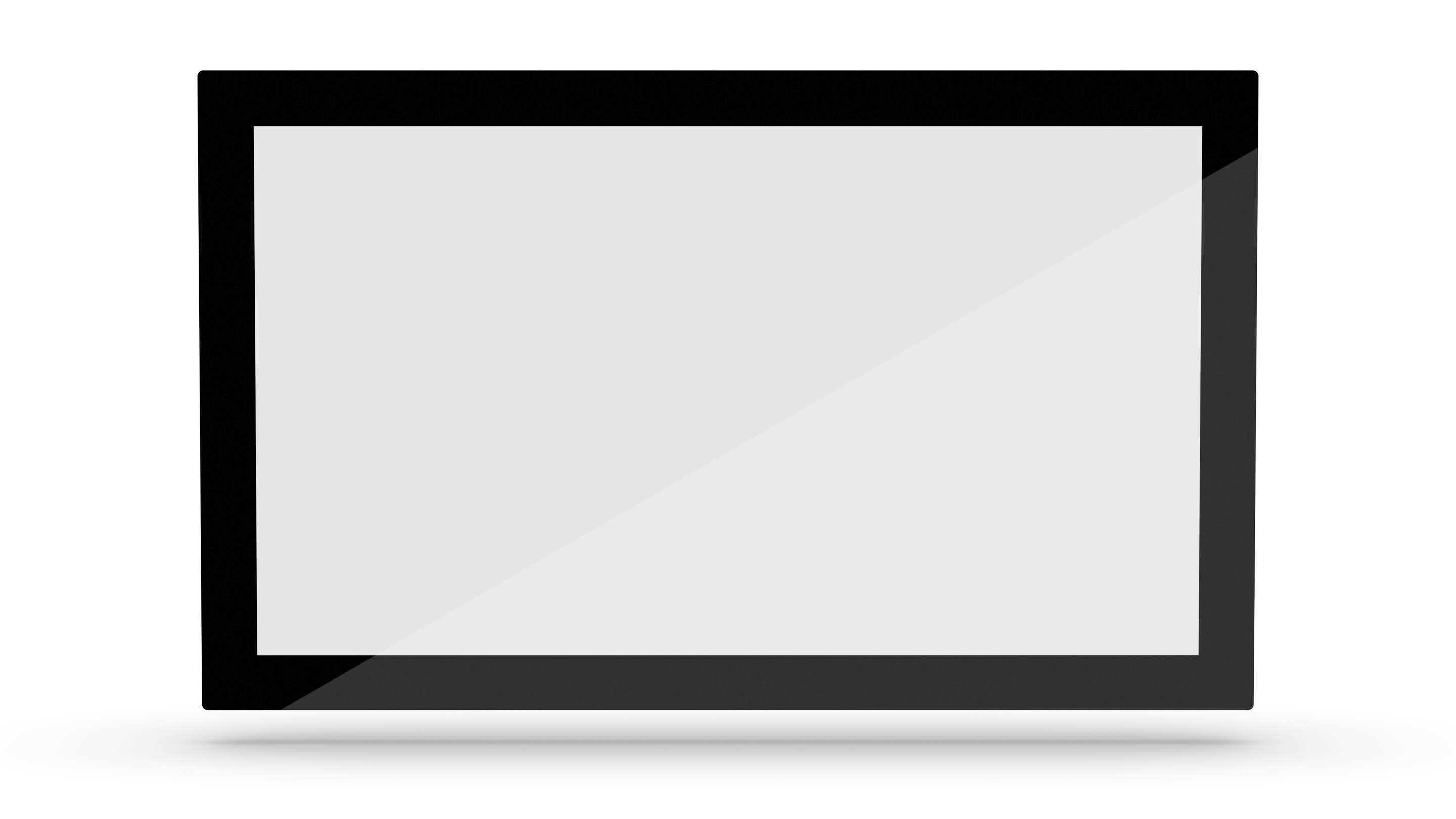Infrared Technology Comparison
The SAW technology is characterized by a relatively good resistance to vandalism and is increasingly used in bank terminals. The pulse is activated by touching it with a bare finger, whereby the functionality does not suffer when operated with light gloves.
##Funktionsprinzip of SAW Touchscreens
Piezoelectric transmitters on the sensor generate sound waves on the surface of the touchscreen, which in turn are reflected through an edge ribbed structure to the piezo-electric receivers.
Touching the surface of the sensor causes attenuation of a part of the shaft according to the touch position. The position measurement of the touch is carried out by measuring the triggered delay of the transmission pulse of the sound waves, which are measured with the help of SAW sensors via points on the X-Y diagram.
SAW technology requires special sensors that can use and process the dependence of the surface wave velocity on the mechanical stress.
Advantages of SAW technology
The advantages of SAW technology are:
- a high level of robustness
- Vandal protection
- Temperature-resistant up to 400 °C
- High light transmittance up to 92%
- best optical transparency
- High accuracy
To increase robustness, the regular glass surface can also be replaced by safety glass.
Disadvantages of Surface Acoustic Wave Technology
Similar to IR touchscreens, the risk of unintentional actuations is high, because the effects of dirt particles or liquids lead to false and unwanted touch messages with this extremely sensitive touch technology.
With fingers or soft gloves, the input works fine, but coarse gloves or pens cannot be used to operate.
The design requires a fairly wide margin, which includes the necessary technology. Sealing against dirt, water and chemicals is also difficult due to the technology.
